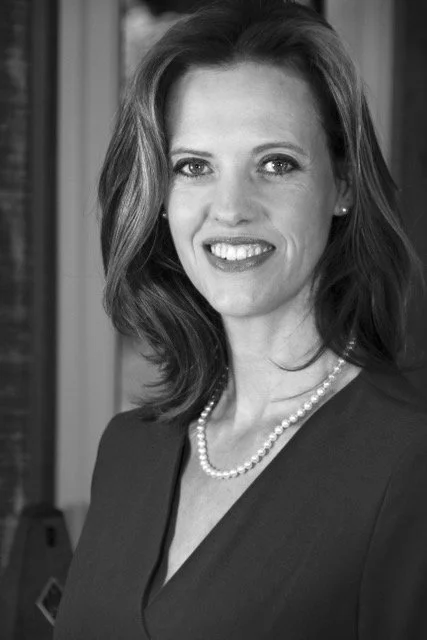How are the feet connected to the body?
6000 years ago, it appears that man was already performing what we can now call complimentary medicine.
Early man discovered, without the NHS, to use touch to alleviate pain, maggots to remove infected flesh and herbs to help heal a number of different ailments.
So reflexology isn’t new and maybe in history I and all other reflexologists would be have been referred to as witch doctors and either been burned at the stake or put on a ducking stool. Fortunately at the moment we’re not allowed to have bonfires and there is no water in the pond!
Modern reflexology is based on an ancient form of therapy. There is evidence of foot and hand therapy being practiced in Egypt and China as long ago as 4000 BC.
Zone therapy was used as far back as AD 1500 then rediscovered by Sir Henry Head in 1893 and later by Dr William Fitzgerald in 1915. He wrote an article that was published in “Everybody’s Magazine” entitled “To stop that toothache, squeeze your toe”. A book followed in 1917 called “Zone Therapy or relieving pain in the home”.
Between 1915 and the early 1930’s Zone Therapy was controversial but Dr Joe Shelby Riley based in Washington believed in it and a young physiotherapist called Eunice Ingham extended his work and painstakingly mapped the feet with the corresponding organs and glands of the body. She was the pioneer of modern reflexology and her mapping forms the foundation of the entire therapy.
Eunice Ingham set up the International Institute of Reflexology whom I studied with. With this training I learned that entire systems within the body can be worked using my thumbs and fingers to find the discrepancies, which can then be worked to bring the body back to homeostasis.
Rather like a wine taster, who learns through taste to detect and recognise the age and characteristics of a particular grape, I have leaned to feel an abdominally with the reflex I am working on.
These abnormalities can feel as though there are grains of sand in the foot, small pebbles wrapped in a blanket or a ropey feeling but sometimes it’s just intuition. The person receiving the reflexology may feel pain but this will diminish as the reflex is worked.
Reflexology can help with a number of different ailments including digestive issues, stress, pain relief, circulation, the elimination of toxins, sleep disorders, the healing process, PMS, pregnancy discomfort and some of the side effects of chemotherapy and many more.
I have completed further courses in cancer care reflexology, spinal reflexology and advanced reflexology techniques.
by Sarah Sellick
Sarah holds ITEC Level 5 rating (the highest Sports Massage qualification) and has studied Advanced Reflexology (ART), Spinal Reflexology and Medical Acupuncture. Sarah has run Ridgehouse Practice for 12 years and also treats patients here at Stockbridge Osteopathic Practice on Monday afternoons and Thursdays.































